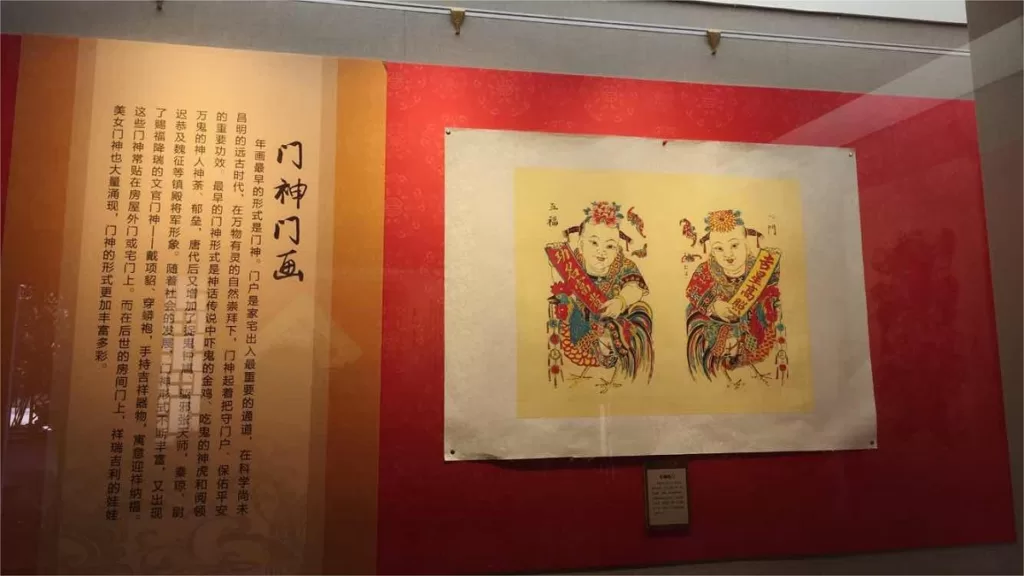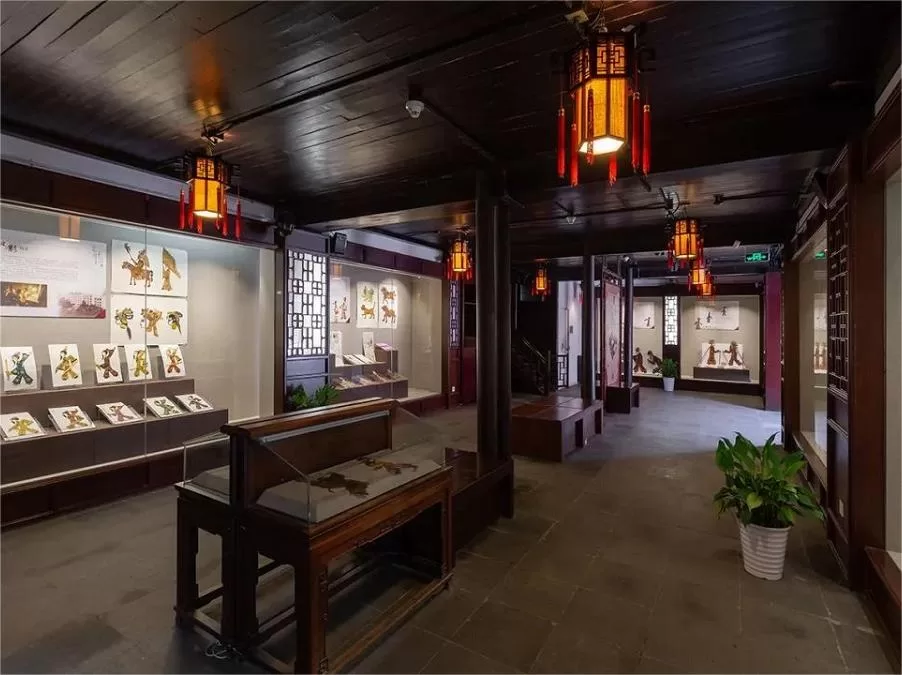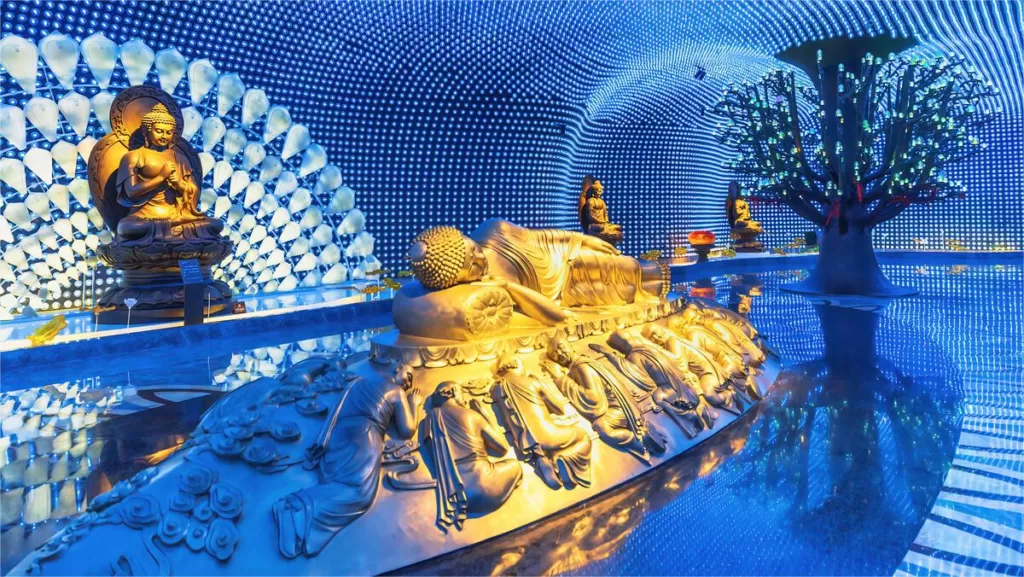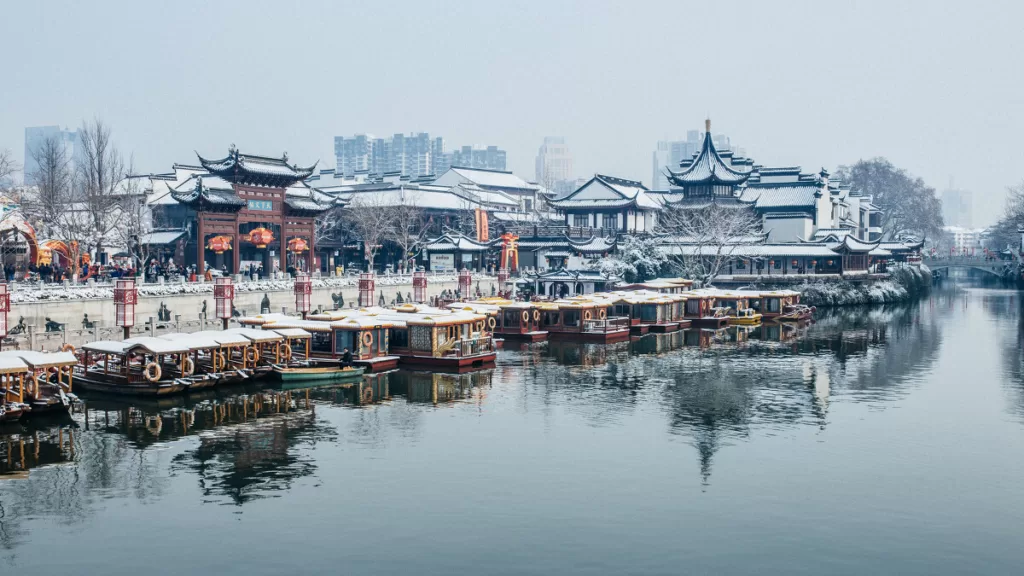Nanjing Volksmuseum - Toegangsprijs, openingstijden, locatie en hoogtepunten


Nanjing Folk Museum (南京民俗博物馆), located within the historic Ganxi Mansion, spans a total area of 14,060 square meters. It serves as a specialized institution for collecting and exhibiting folk artifacts, researching local customs, and promoting outstanding traditional folk culture in the Nanjing region. The Ganxi Mansion, originally built during the Qing Jiaqing era, was the residence of Ganxi, a renowned scholar and local historian. Popularly known as the “Ninety-Nine and a Half Rooms,” it actually comprises a total of 162 rooms.
After undergoing renovations in 2023, the Nanjing Folk Museum is organized into three major exhibition areas: the “Historical and Cultural Exhibition Area of Ganxi Mansion – A Famous Residence in Jinling,” the “Intangible Cultural Heritage Exhibition Area of Jinling – Treasures and Continuation of Prosperity,” and the “Folk Customs Exhibition Area of Jinling – Lingering Traditions in the Southern City.
Inhoudsopgave
- Basisinformatie
- Locatie en vervoer
- Highlights of Nanjing Folk Museum
- Vlog about Nanjing Folk Museum
- Attractions Near Nanjing Folk Museum
Basisinformatie
| Geschatte lengte van de tour | 1 - 2 uur |
| Ticket Prijs | 20 RMB |
| Openingstijden | 9.00 – 17.30; Closed on Mondays |
| Telefoonnummer | 0086-025-52217104 |
Locatie en vervoer
The Nanjing Folk Museum is housed in the Former Residence of Gan Xi (甘熙故居). Situated in the heart of the city, it can be found at the following address: No. 400, Zhongshan South Road, Qinhuai District, Nanjing, Provincie Jiangsu, China. Je kunt er op de volgende manieren komen:
Bus: Take bus 4, 7, 16, 33, 35, 37, or 100, get off at Zhongshan South Road Shengzhou Road Stop (中山南路·升州路站), and walk about 150 meters to the south to reach the residence.
Metro: The nearest metro station to the Former Residence of Gan Xi is Sanshan Street (三山街) on line 1. After getting out of the station from Exit 2, walk about 350 meters to the north to reach the attraction.
Highlights of Nanjing Folk Museum
Jinling Eighteen Districts

The “Jinling Eighteen Districts” Exhibition Hall recreates some of Nanjing’s old neighborhoods and traditional industries, providing a nostalgic experience for visitors. During the Ming Dynasty, the “Jinling Eighteen Districts” were bustling centers for the production of military and civilian goods, attracting over ten thousand craftsmen. In this exhibit, visitors can explore vanished trades such as fan shops and pawn shops.
Folk Customs

The exhibition on parenting, marriage, and customs in Nanjing provides a unique experience for visitors with children under the age of three. Here, they can participate in the traditional Chinese ritual of “Zhao Zhou” or “Catch the Week.” Children sit in a flat-bottomed bamboo basket, and the items they choose, such as a symbolic abacus or a seal, represent future career paths. Choosing a sword or a weapon signifies a martial career, while gold and silver jewelry symbolize wealth and prosperity. Another intriguing tradition showcased is the “Weighing Ceremony of Lixia,” a time-honored Nanjing practice where parents weigh their children during the beginning of summer to ensure their well-being. A giant scale, suspended by ropes, is used to weigh the child seated in a large bamboo basket, and this live demonstration can handle weights up to 50 pounds.
Historical Display of the Gan Family

The historical display of the Gan family in Jinling showcases the rich family history of the Ganxi Mansion’s owner. Often referred to as the “Southern Giant Clan” and the “First Family of Jiangnan,” the Gan family traces its ancestry back to Qin State Prime Minister Gan Mao during the Warring States period. Over the centuries, illustrious figures like Gan Ning and Gan Zhuo distinguished themselves as military generals. The family has upheld the spirit of “friendship and respect,” passed down literary and poetic traditions, and established themselves as a cultural aristocracy famous for their extensive collection of books, literature, and geography since the Qing Dynasty.
Vlog about Nanjing Folk Museum
Attractions Near Nanjing Folk Museum

Historisch district Laomendong - Een getuigenis van het levendige verleden van Nanjing

Qinhuai rivier - al meer dan 200 jaar een prominente bezienswaardigheid

Zhonghua Gate – A Majestic Fortress Gate

Jiangnan Examination Hall - Een belangrijke instelling in het keizerlijke examensysteem van China

Bao’en Temple – Originally Built in the 4th Century

Zhanyuan Tuin - Een 600 jaar oud toevluchtsoord

Porseleinen toren van Nanjing - Een architectonisch wonder

Keizerlijk Onderzoeksmuseum - Een systeem dat de Chinese samenleving vorm gaf

Nanjing Confucius Tempel - Een van de vier grootste Confucius tempels in China
Jiangsu Musea, Attracties in Nanjing